Putin to Be Guarded by U.S. Secret Service and FSO, While Trump Hints at a Trilateral Meeting.

Putin to Be Guarded by U.S. Secret Service and FSO in Historic Alaska Summit, Security, Symbolism, and a Potential Follow-Up with Zelenskyy
Anchorage, Alaska. Inside the Most Sensitive Diplomatic Event in Decades
In an unprecedented move that blurs the lines between geopolitical rivalry and operational necessity, Russian President Vladimir Putin will be protected on American soil by agents of the United States Secret Service, his bodyguards and by his personal staff during his landmark summit with President Donald Trump this Friday at Joint Base Elmendorf-Richardson in Anchorage, Alaska.
This extraordinary security arrangement, confirmed to us and corroborated by former U.S. Secret Service officer Robert McDonald, who served more than two decades in the agency, underscores both the gravity of the moment and the complex realities of high-stakes diplomacy in an age of deep mistrust.
“They are law enforcement professionals first,” McDonald emphasized. “Political differences do not stand in the way of mission-critical security cooperation. The priority is clear: protect the leaders, no matter their nationality.”
🔐 A Historic Security Handshake Across Enemy Lines
While foreign leaders visiting the U.S. typically receive protective support from the Secret Service under the Dignitary Protection Mission, the inclusion of Putin, a figure under U.S. sanctions and long accused of election interference and war crimes, marks a rare and controversial exception.
Under protocol, Putin’s own FSO (Federal Protective Service) detail will accompany him, but U.S. agents will take the lead in securing the perimeter, managing crowd control, and coordinating intelligence fusion with FBI, DHS, and Alaska State Troopers.
The joint security operation will include:
Airspace lockdown over Anchorage enforced by NORAD.
Naval surveillance in the Gulf of Alaska to deter asymmetric threats.
Counter-sniper teams, electronic warfare units, and rapid response HRT (Hostage Rescue Team) elements on standby.
“This isn’t just a summit — it’s a national security event on par with a G7 or NATO summit,” said a senior DHS official speaking on condition of anonymity.
🛰️ Why Anchorage? Why a Military Base?
Despite initial resistance from the White House and Pentagon to host the meeting at a U.S. military installation, a symbolic red line, given Russia’s ongoing war in Ukraine, Anchorage emerged as the only viable option.
“Finding a secure, accessible, and logistically feasible site during Alaska’s peak tourist season was nearly impossible,” a senior administration official admitted.
Cities like Juneau and Fairbanks were considered, but both posed major challenges:
Juneau: No direct commercial runway for large VIP aircraft.
Fairbanks: Limited hotel capacity and medical infrastructure.
Anchorage, home to Joint Base Elmendorf-Richardson, offered:
A secure, controlled environment.
Runway capable of handling Air Force One and Russian Il-96.
Proximity to medical facilities, intelligence hubs, and NORAD command links.
Ultimately, national security trumped symbolism.
🕊️ Trump Hints at a Trilateral Follow-Up, With Zelenskyy in the Room
Even as preparations for the bilateral summit intensify, President Trump has dropped a bombshell: a second, trilateral meeting with Putin and Ukrainian President Volodymyr Zelenskyy could follow within days.
Speaking at the Kennedy Center in Washington, Trump said:
“There is a very good chance we’ll have a second meeting, and it could be far more productive than the first. Because after Friday, I’ll know exactly where everyone stands.”
He added a caveat:
“If we don’t get the answers we need, then no, there won’t be a second meeting.”
This suggestion, reported by Sky News and Focus, aligns with growing intelligence assessments that Trump is pushing for a comprehensive peace framework, potentially modeled on a step-by-step ceasefire, sanctions relief, and territorial security guarantees.
Sources within the State Department confirm that Camp David and the presidential retreat in Maryland are being prepped as possible venues for a follow-up summit as early as next week.
🧩 Moscow’s Mixed Signals
While the Kremlin has not officially confirmed any trilateral plans, Russian presidential aide Yuri Ushakov acknowledged last week that Moscow had hoped the talks would take place on Russian soil, a sign that Putin’s journey to Alaska is being framed domestically as a diplomatic victory.
“The fact that the Russian president is meeting the U.S. president on American territory, under U.S. protection, speaks volumes,” said Dr. Elena Danilova, a Moscow-based security analyst. “It signals normalization, and a crack in the Western isolation campaign.”
Still, Russian state media continues to emphasize Putin’s uncompromising stance on Crimea and Donbas, suggesting that any peace deal will require major concessions from Kyiv.
⚠️ Zelenskyy’s Dilemma: Participate or Be Excluded?
For President Zelenskyy, the prospect of a trilateral meeting brings both hope and peril.
On one hand, it would mark the first time he sits directly across from Putin since the war began, a moment of immense symbolic and strategic value.
On the other, it risks legitimizing territorial gains made by Russia if negotiations begin without preconditions.
Kyiv has already signaled caution. In a recent call with NATO leaders, Zelenskyy insisted:
“Any peace process must include Ukraine’s full participation, not as an afterthought, but as a principal.”
Yet, with Trump driving the agenda and Putin having all the cards, arriving under U.S. protection, the power dynamics are shifting fast.
📌 Final Analysis: When Enemies Share the Same Security Detail
But in the world of elite protective operations, mission transcends politics.
As Robert McDonald put it:
“We don’t protect ideologies. We protect people. And when the President of the United States meets another head of state, our job is to make sure both walk away alive.”
Still, the symbolism is inescapable:
This summit isn’t just about ending a war.
It’s about rewriting the rules of engagement between adversaries, on American soil, under American guns, with the fate of Europe hanging in the balance.
And if a second meeting with Zelenskyy follows?
The world may witness the most improbable peace process of the decade, guarded, literally, by the same men sworn to protect their nation from each other.
This is not just diplomacy. It’s history in real time.



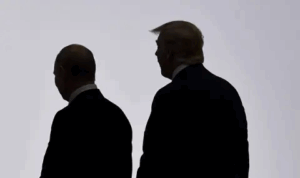
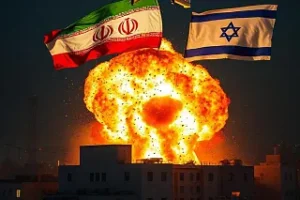
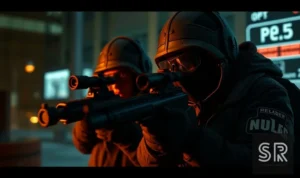
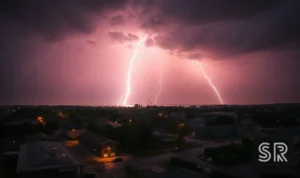
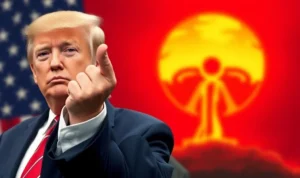
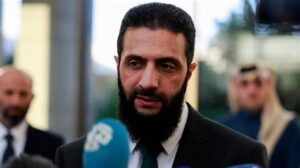
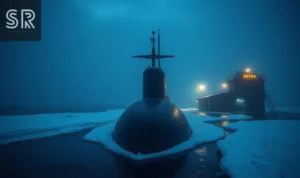
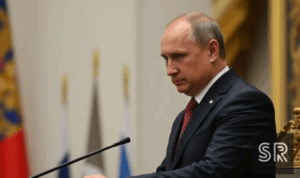
Post Comment